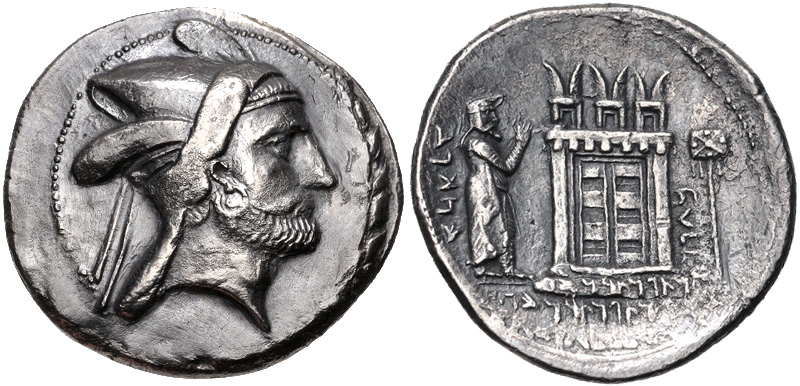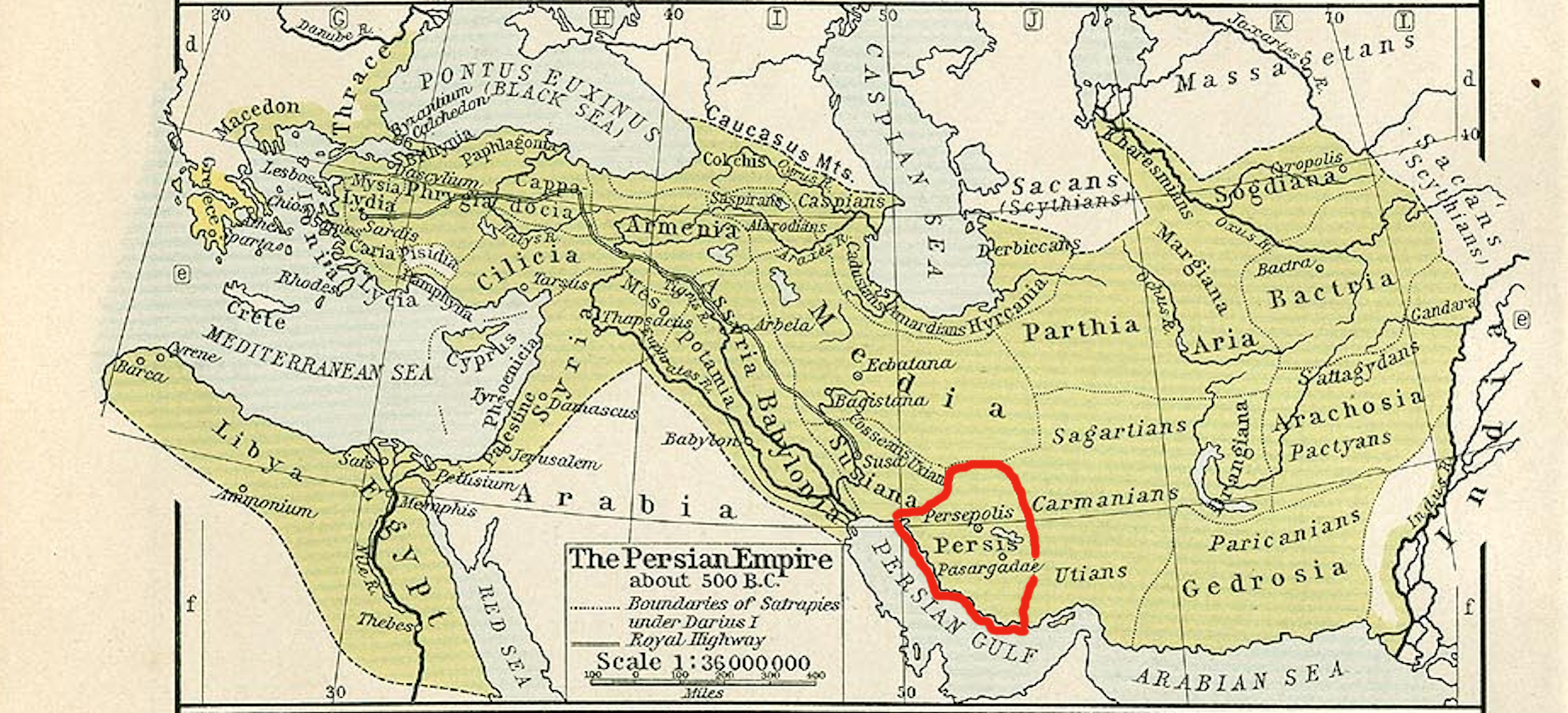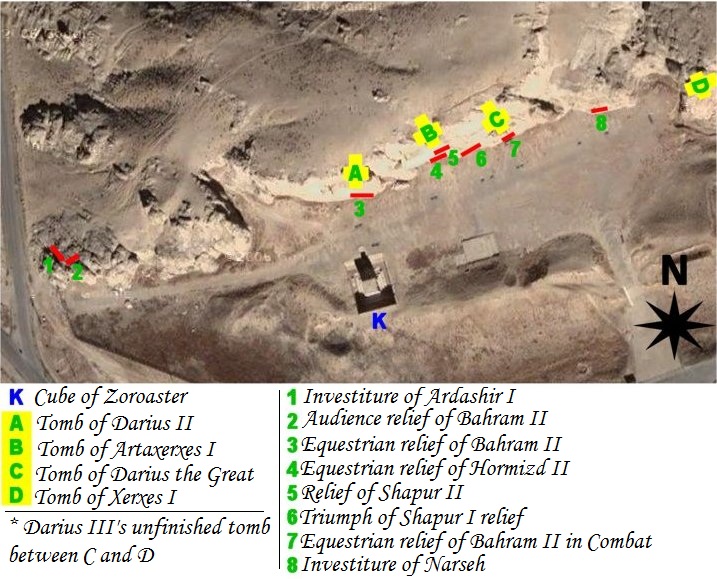|
Istakhr
Istakhr (Middle Persian romanized: ''Stakhr'', fa, اصطخر, translit=Istakhr also spelt استخر in modern literature) was an ancient city in Fars province, north of Persepolis in southwestern Iran. It flourished as the capital of the Persian ''Frataraka'' governors and Kings of Persis from the third century BC to the early 3rd century AD. It reached its apex under the Sasanian Empire (224-651 AD), and was the hometown of the Sasanian dynasty. Istakhr briefly served as the first capital of the Sasanian Empire from 224 to 226 AD and then as principal city, region, and religious centre of the Sasanian province of Pars (Sasanian province), Pars. During the Arab conquest of Iran, Istakhr was noted for its stiff resistance, which resulted in the death of many of its inhabitants. Istakhr remained a stronghold of Zoroastrianism long after the conquests, and remained relatively important in the early Islamic era. It went into gradual decline after the founding of nearby Shiraz, befo ... [...More Info...] [...Related Items...] OR: [Wikipedia] [Google] [Baidu] |
Pars (Sasanian Province)
Pars (Middle Persian: 𐭯𐭠𐭫𐭮𐭩 ''Pārs'', ) was a Sasanian province in Late Antiquity, which almost corresponded to the present-day province of Fars. The province bordered Khuzestan in the west, Kirman in the east, Spahan in the north, and Mazun in the south. Name The Middle Persian name of "Pārs" is derived from Pârsâ (𐎱𐎠𐎼𐎿), the Old Persian of the region. The English name Persia and Greek name Persis derives from this region. Administrative divisions Ardashir-Khwarrah Ardashir-Khwarrah (Middle Persian: ''Arđaxšēr-Xwarra'', meaning "glory of Ardashir") was founded by the first Sasanian king Ardashir I (r. 224-242), who made Gor (also founded around the same time) its capital. It was the seat of the '' driyōšān jādag-gōw ud dādwar'' (advocate), ''mowbed'' (chief priest) and ''andarzbad'' (councilor) of Pars. It formed the southwestern administrative division of Pars, and consisted of a mountainous countryside of the southern Zagros Mountai ... [...More Info...] [...Related Items...] OR: [Wikipedia] [Google] [Baidu] |
Persepolis
, native_name_lang = , alternate_name = , image = Gate of All Nations, Persepolis.jpg , image_size = , alt = , caption = Ruins of the Gate of All Nations, Persepolis. , map = , map_type = Iran#West Asia , map_alt = , map_caption = , map_size = , altitude_m = , altitude_ref = , relief = yes , coordinates = , map_dot_label = , location = Marvdasht, Fars Province, Iran , region = , type = Settlement , part_of = , length = , width = , area = , volume = , diameter = , circumference = , height = , builder = , and , material = Limestone, mud-brick, cedar wood , built = 6th century BC , abandoned = , epochs = Achaemenid Empire , cultures = Persian , dependency_of = , occupants = , event = * Battle of the Pe ... [...More Info...] [...Related Items...] OR: [Wikipedia] [Google] [Baidu] |
Shiraz
Shiraz (; fa, شیراز, Širâz ) is the List of largest cities of Iran, fifth-most-populous city of Iran and the capital of Fars province, Fars Province, which has been historically known as Pars (Sasanian province), Pars () and Persis. As of the 2016 national census, the population of the city was 1,565,572 people, and its built-up area with Sadra, Fars, Sadra was home to almost 1,800,000 inhabitants. A census in 2021 showed an increase in the city's population to 1,995,500 people. Shiraz is located in Southern Iran, southwestern Iran on the () seasonal river. Founded in the early Islamic period, the city has a moderate climate and has been a regional trade center for over a thousand years. The earliest reference to the city, as ''Tiraziš'', is on Elamite Clay tablet, clay tablets dated to 2000 BCE. The modern city was restored or founded by the Arabs, Arab Umayyad Caliphate in 693 CE and grew prominent under the successive Iranian peoples, Iranian Saffarid dynasty, Saffar ... [...More Info...] [...Related Items...] OR: [Wikipedia] [Google] [Baidu] |
KINGS Of PERSIS
The Kings of Persis, also known as the Darayanids, were a series of Persian kings, who ruled the region of Persis in southwestern Iran, from the 2nd century BCE to 224 CE. They ruled as sub-kings of the Parthian Empire, until they toppled them and established the Sasanian Empire. They effectively formed some Persian dynastic continuity between the Achaemenid Empire (6th century BCE – 4th century BCE) and the Sasanian Empire (3rd century CE – 7th century CE). History Persis (also known as Pars), a region in the southwestern Iranian plateau, was the homeland of a southwestern branch of the Iranian peoples, the Persians. It was also the birthplace of the first Iranian Empire, the Achaemenids. The region served as the center of the empire until its conquest by the Macedonian king Alexander the Great (). Since the end of the 3rd or the beginning of the 2nd century BCE, Persis was ruled by local dynasts subject to the Hellenistic Seleucid Empire. These dynasts held the ancient P ... [...More Info...] [...Related Items...] OR: [Wikipedia] [Google] [Baidu] |
Frataraka
Frataraka (Aramaic: ''Prtkr’'', "governor", or more specifically "sub-satrapal governor") is an ancient Persian title, interpreted variously as “leader, governor, forerunner”. It is an epithet or title of a series of rulers in Persis from 3rd to mid 2nd century BC, or alternatively between 295 and 220 BC, at the time of the Seleucid Empire, prior to the Parthian conquest of West Asia and Iran. Studies of ''frataraka coins'' are important to historians of this period. Rulers and period Several rulers have been identified as belonging to Fratarakā dynasty (from the title ''prtrk' zy alhaya'', or "governor of the gods" on their coins): ''bgdt'' (Baydād), ''rtḥštry'' (Ardaxšīr I), ''whwbrz'' (Vahbarz, who is called Oborzos in Polyenus 7.40), and ''wtprdt'' (Vādfradād I). Traditionally, they used to be considered as independent, anti-Seleucid rulers of Persis in the 3rd century BC. It seems however that they were rather representatives of the Seleucids in the region ... [...More Info...] [...Related Items...] OR: [Wikipedia] [Google] [Baidu] |
Kings Of Persis
The Kings of Persis, also known as the Darayanids, were a series of Persian kings, who ruled the region of Persis in southwestern Iran, from the 2nd century BCE to 224 CE. They ruled as sub-kings of the Parthian Empire, until they toppled them and established the Sasanian Empire. They effectively formed some Persian dynastic continuity between the Achaemenid Empire (6th century BCE – 4th century BCE) and the Sasanian Empire (3rd century CE – 7th century CE). History Persis (also known as Pars), a region in the southwestern Iranian plateau, was the homeland of a southwestern branch of the Iranian peoples, the Persians. It was also the birthplace of the first Iranian Empire, the Achaemenids. The region served as the center of the empire until its conquest by the Macedonian king Alexander the Great (). Since the end of the 3rd or the beginning of the 2nd century BCE, Persis was ruled by local dynasts subject to the Hellenistic Seleucid Empire. These dynasts held the ancient P ... [...More Info...] [...Related Items...] OR: [Wikipedia] [Google] [Baidu] |
Sasanian Empire
The Sasanian () or Sassanid Empire, officially known as the Empire of Iranians (, ) and also referred to by historians as the Neo-Persian Empire, was the History of Iran, last Iranian empire before the early Muslim conquests of the 7th-8th centuries AD. Named after the Sasanian dynasty, House of Sasan, it endured for over four centuries, from 224 to 651 AD, making it the longest-lived List of monarchs of Persia, Persian imperial dynasty. The Sasanian Empire succeeded the Parthian Empire, and re-established the Persians as a major power in late antiquity alongside its neighbouring arch-rival, the Roman Empire (after 395 the Byzantine Empire).Norman A. Stillman ''The Jews of Arab Lands'' pp 22 Jewish Publication Society, 1979 International Congress of Byzantine Studies ''Proceedings of the 21st International Congress of Byzantine Studies, London, 21–26 August 2006, Volumes 1–3'' pp 29. Ashgate Pub Co, 2006 The empire was founded by Ardashir I, an Iranian ruler who rose to po ... [...More Info...] [...Related Items...] OR: [Wikipedia] [Google] [Baidu] |
Persis
Persis ( grc-gre, , ''Persís''), better known in English as Persia ( Old Persian: 𐎱𐎠𐎼𐎿, ''Parsa''; fa, پارس, ''Pârs''), or Persia proper, is the Fars region, located to the southwest of modern-day Iran, now a province. The Persians are thought to have initially migrated either from Central Asia or, more probably, from the north through the Caucasus. They would then have migrated to the current region of Persis in the early 1st millennium BC. The country name Persia was derived directly from the Old Persian ''Parsa''. Achaemenid Empire The ancient Persians were present in the region of Persis from about the 10th century BC. They became the rulers of the largest empire the world had yet seen under the Achaemenid dynasty which was established in the late 6th century BC, at its peak stretching from Thrace- Macedonia, Bulgaria- Paeonia and Eastern Europe proper in the west, to the Indus Valley in its far east. The ruins of Persepolis and Pasargadae, two o ... [...More Info...] [...Related Items...] OR: [Wikipedia] [Google] [Baidu] |
Naqsh-e Rustam
Naqsh-e Rostam (literal translation, lit. mural of Rostam, fa, نقش رستم ) is an ancient archeological site and necropolis located about 12 km northwest of Persepolis, in Fars Province, Iran. A collection of ancient Iranian rock reliefs are cut into the face of the mountain and the mountain contains the final resting place of four Achaemenid kings, notably king Darius the Great and his son, Xerxes I, Xerxes. This site is of great significance to the history of Iran and to Iranian peoples, Iranians, as it contains various archeological sites carved into the rock wall through time for more than a millennium from the Elamites and Achaemenid Empire, Achaemenids to Sassanian Empire, Sassanians. It lies a few hundred meters from Naqsh-e Rajab, with a further four Sassanid rock reliefs, three celebrating kings and one a high priest. Naqsh-e Rostam is the necropolis of the Achaemenid dynasty ( 550–330 BC), with four large tombs cut high into the cliff face. These have mainly ... [...More Info...] [...Related Items...] OR: [Wikipedia] [Google] [Baidu] |
Zoroastrianism
Zoroastrianism is an Iranian religions, Iranian religion and one of the world's History of religion, oldest organized faiths, based on the teachings of the Iranian peoples, Iranian-speaking prophet Zoroaster. It has a Dualism in cosmology, dualistic cosmology of good and evil within the framework of a Monotheism, monotheistic ontology and an eschatology which predicts the ultimate conquest of evil by good. Zoroastrianism exalts an uncreated and benevolent deity of wisdom known as ''Ahura Mazda'' () as its supreme being. Historically, the unique features of Zoroastrianism, such as its monotheism, messianism, belief in Free will in theology, free will and Judgement (afterlife), judgement after death, conception of heaven, hell, Angel, angels, and Demon, demons, among other concepts, may have influenced other religious and philosophical systems, including the Abrahamic religions and Gnosticism, Southern, Eastern and Northern Buddhism, Northern Buddhism, and Ancient Greek philosoph ... [...More Info...] [...Related Items...] OR: [Wikipedia] [Google] [Baidu] |
Middle Persian
Middle Persian or Pahlavi, also known by its endonym Pārsīk or Pārsīg () in its later form, is a Western Middle Iranian language which became the literary language of the Sasanian Empire. For some time after the Sasanian collapse, Middle Persian continued to function as a prestige language. It descended from Old Persian, the language of the Achaemenid Empire and is the linguistic ancestor of Modern Persian, an official language of Iran, Afghanistan (Dari) and Tajikistan ( Tajik). Name "Middle Iranian" is the name given to the middle stage of development of the numerous Iranian languages and dialects. The middle stage of the Iranian languages begins around 450 BCE and ends around 650 CE. One of those Middle Iranian languages is Middle Persian, i.e. the middle stage of the language of the Persians, an Iranian people of Persia proper, which lies in the south-western highlands on the border with Babylonia. The Persians called their language ''Parsik'', meaning "Persian". Anot ... [...More Info...] [...Related Items...] OR: [Wikipedia] [Google] [Baidu] |
Buyids
The Buyid dynasty ( fa, آل بویه, Āl-e Būya), also spelled Buwayhid ( ar, البويهية, Al-Buwayhiyyah), was a Shia Iranian dynasty of Daylamite origin, which mainly ruled over Iraq and central and southern Iran from 934 to 1062. Coupled with the rise of other Iranian dynasties in the region, the approximate century of Buyid rule represents the period in Iranian history sometimes called the 'Iranian Intermezzo' since, after the Muslim conquest of Persia, it was an interlude between the rule of the Abbasid Caliphate and the Seljuk Empire. The Buyid dynasty was founded by 'Ali ibn Buya, who in 934 conquered Fars and made Shiraz his capital. His younger brother Hasan ibn Buya conquered parts of Jibal in the late 930s, and by 943 managed to capture Ray, which he made his capital. In 945, the youngest brother, Ahmad ibn Buya, conquered Iraq and made Baghdad his capital. He received the ''laqab'' or honorific title of ''Mu'izz al-Dawla'' ("Fortifier of the State"). The e ... [...More Info...] [...Related Items...] OR: [Wikipedia] [Google] [Baidu] |




._Early_3rd_century_BC.jpg)



_p012_BAKU%2C_FIRE_TEMPLE_(cropped).jpg)
